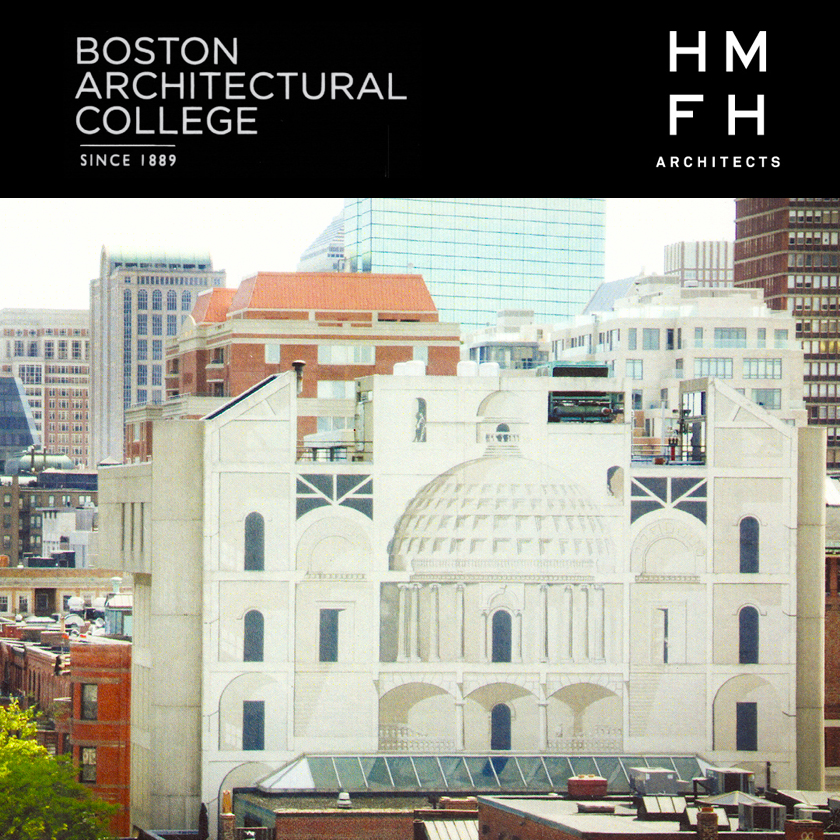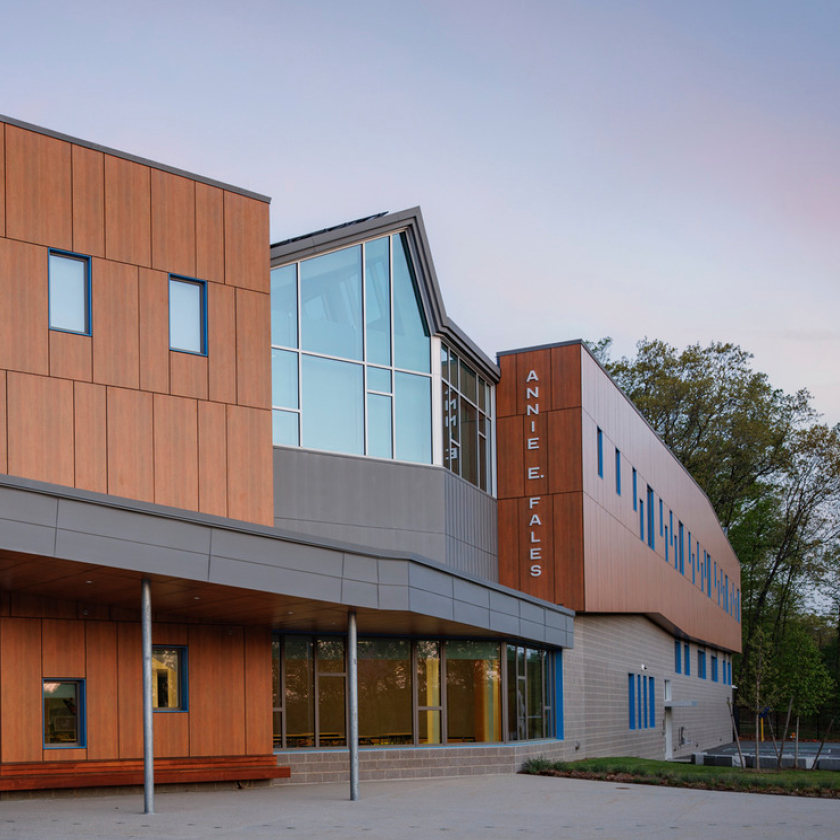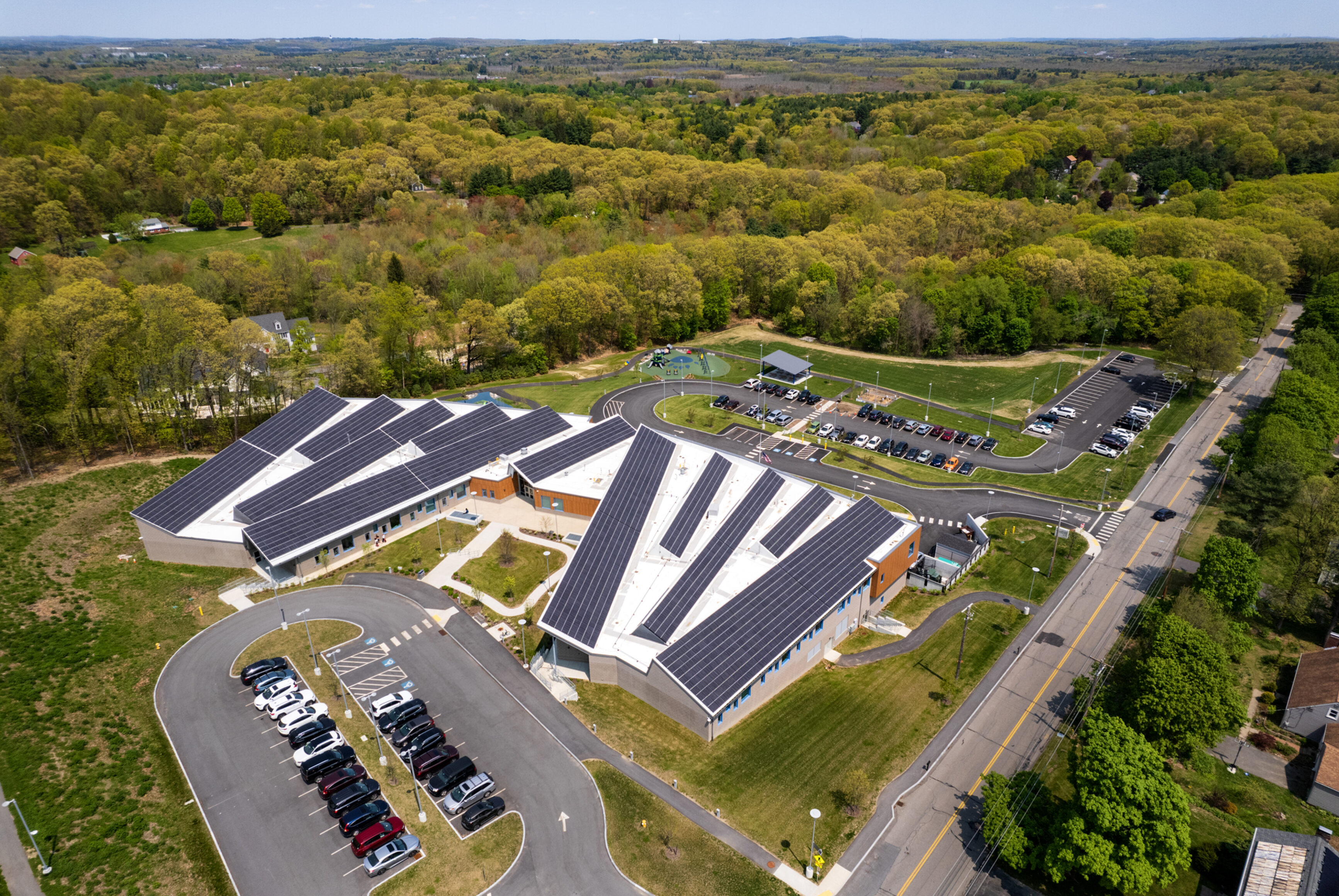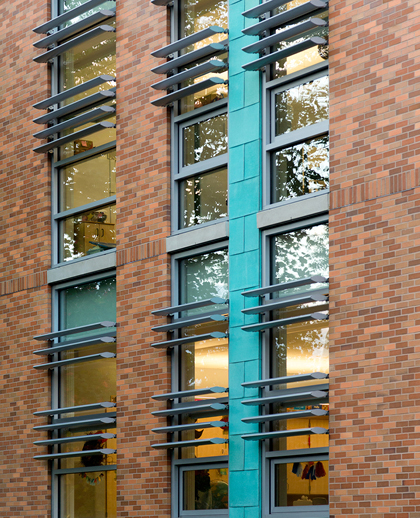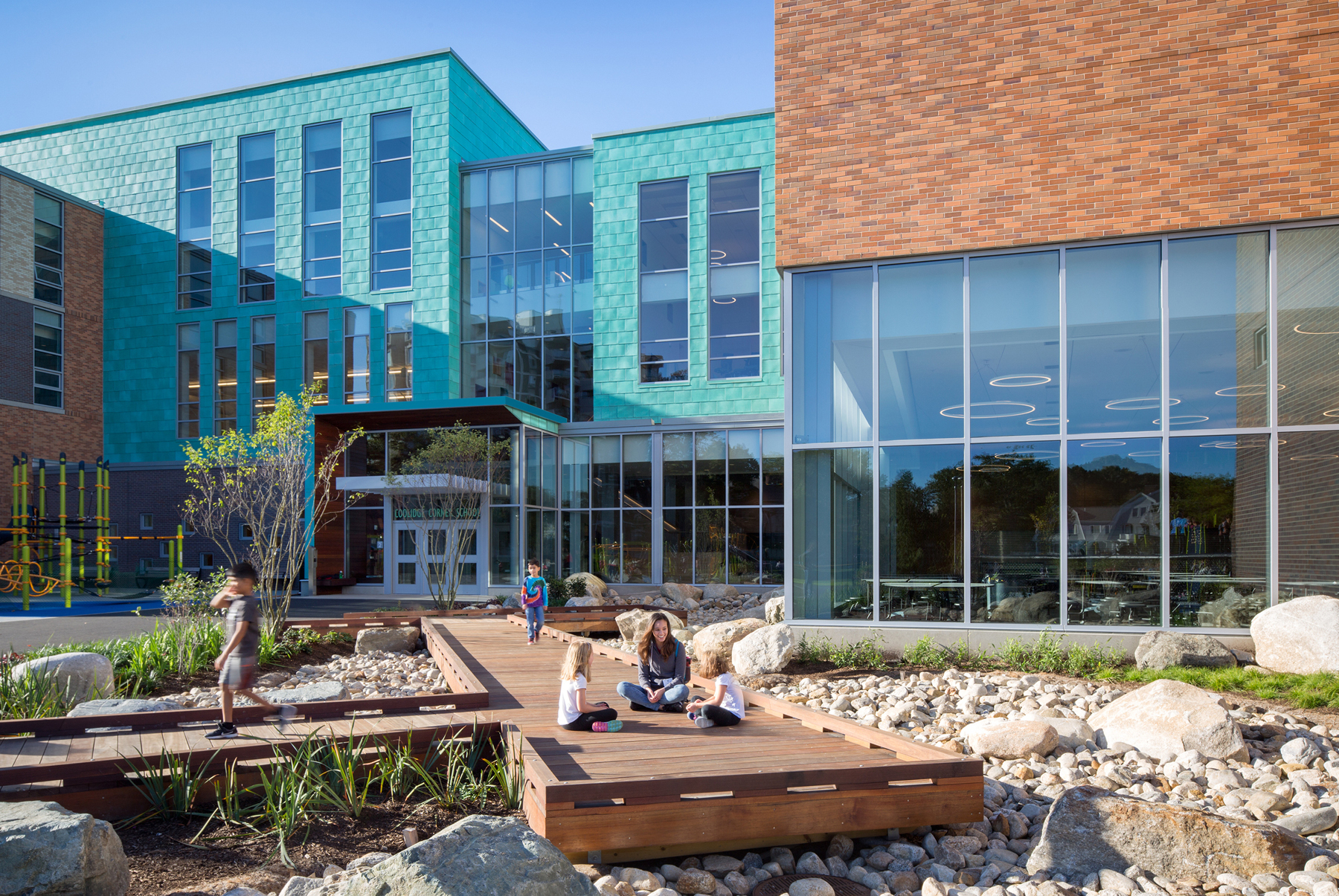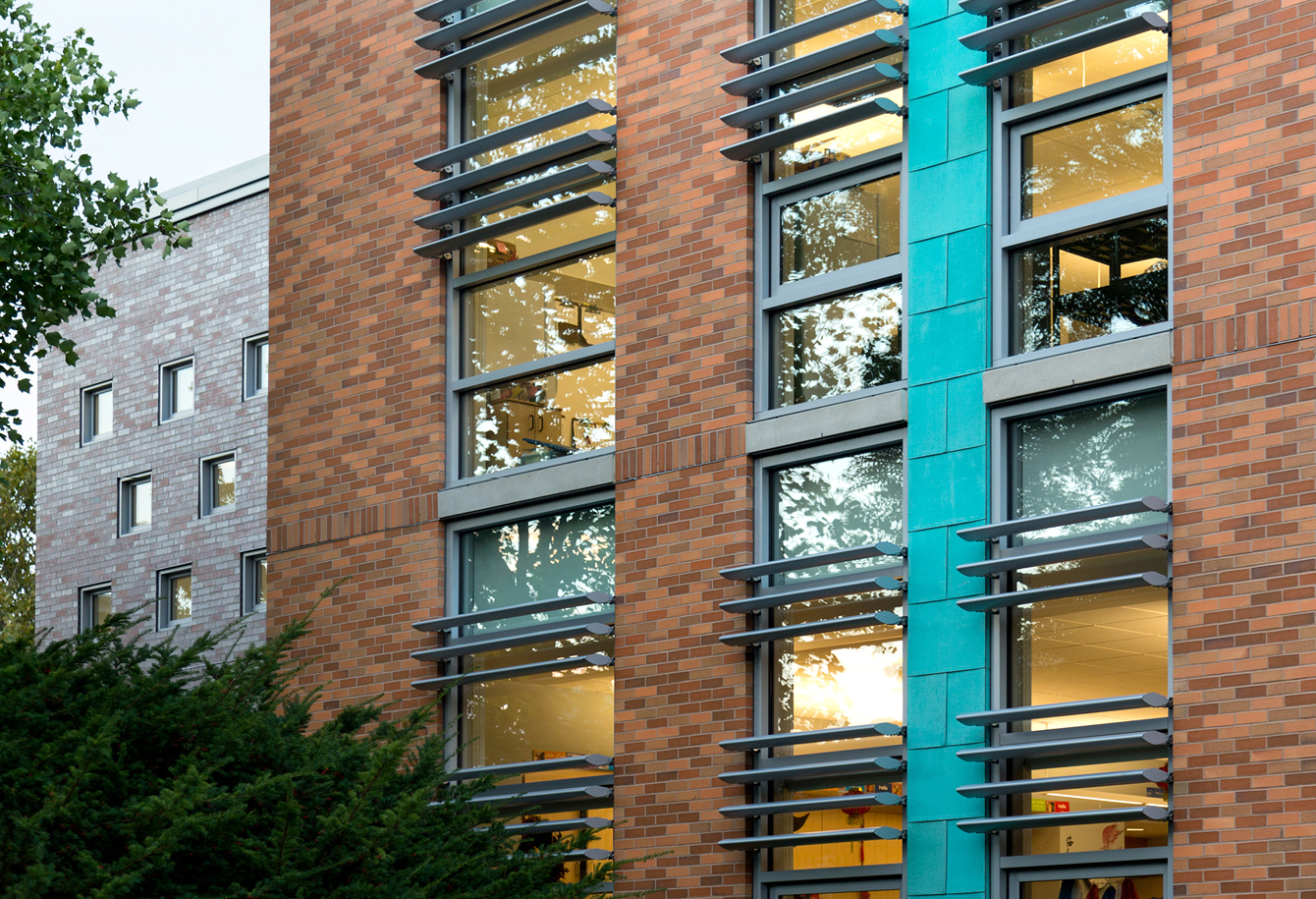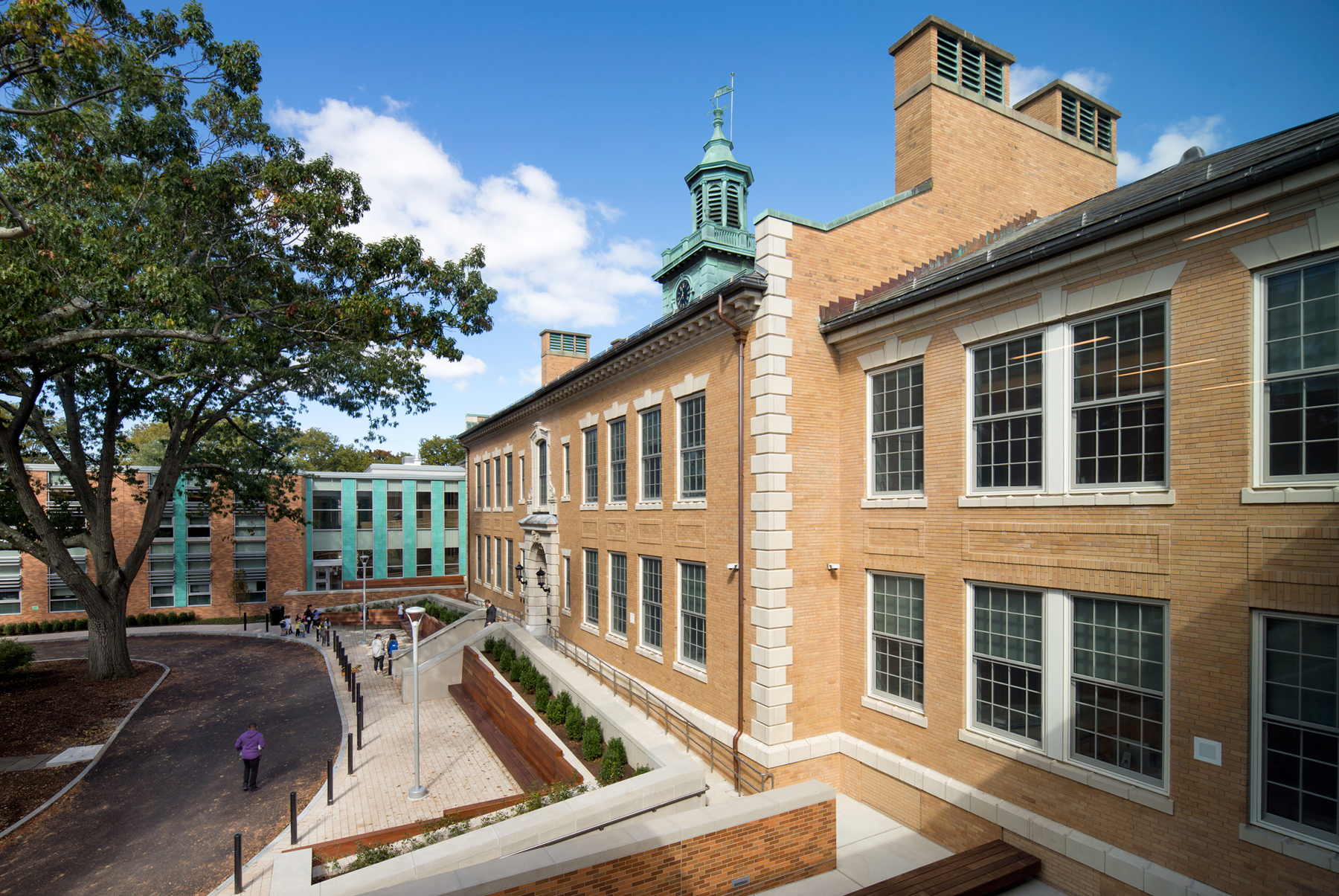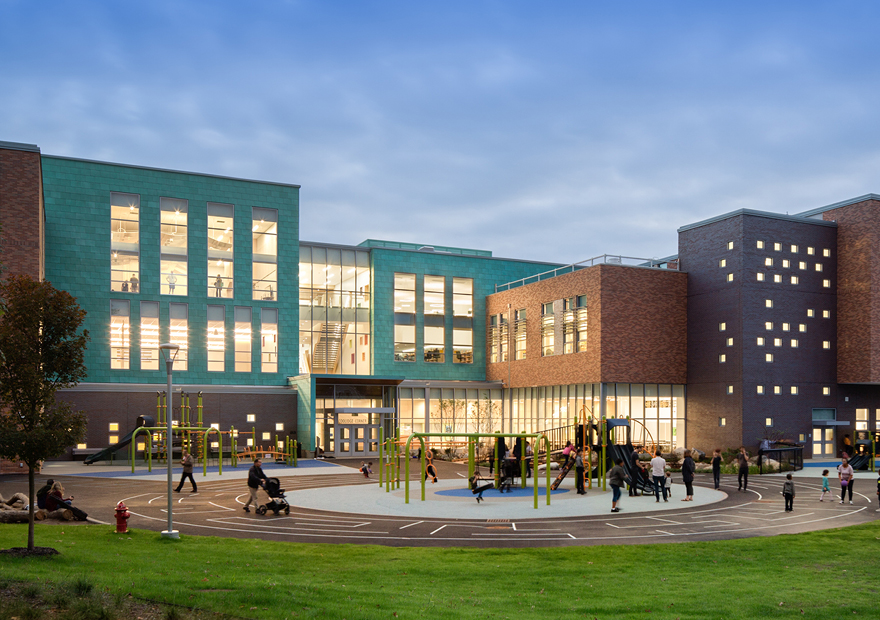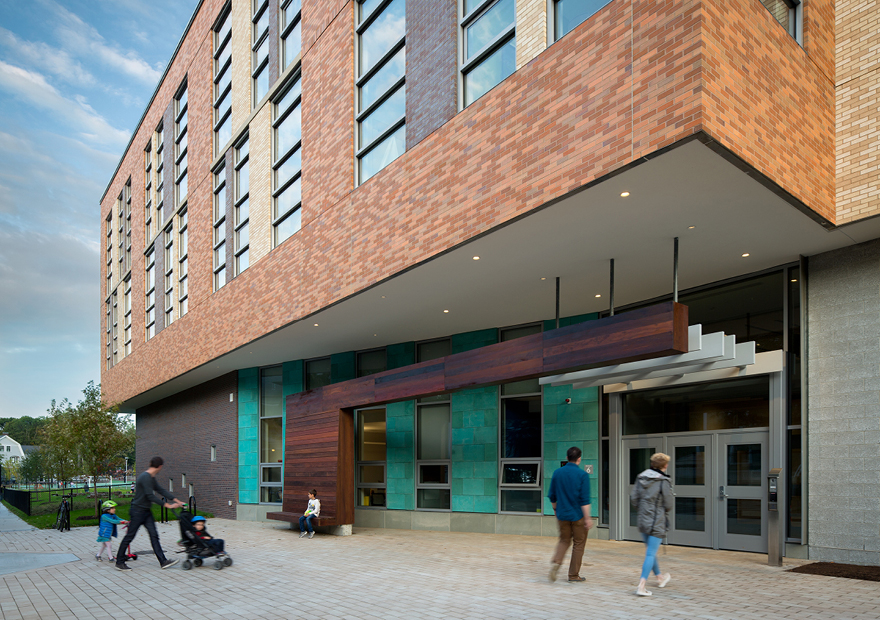HMFH Endows New Scholarship Program
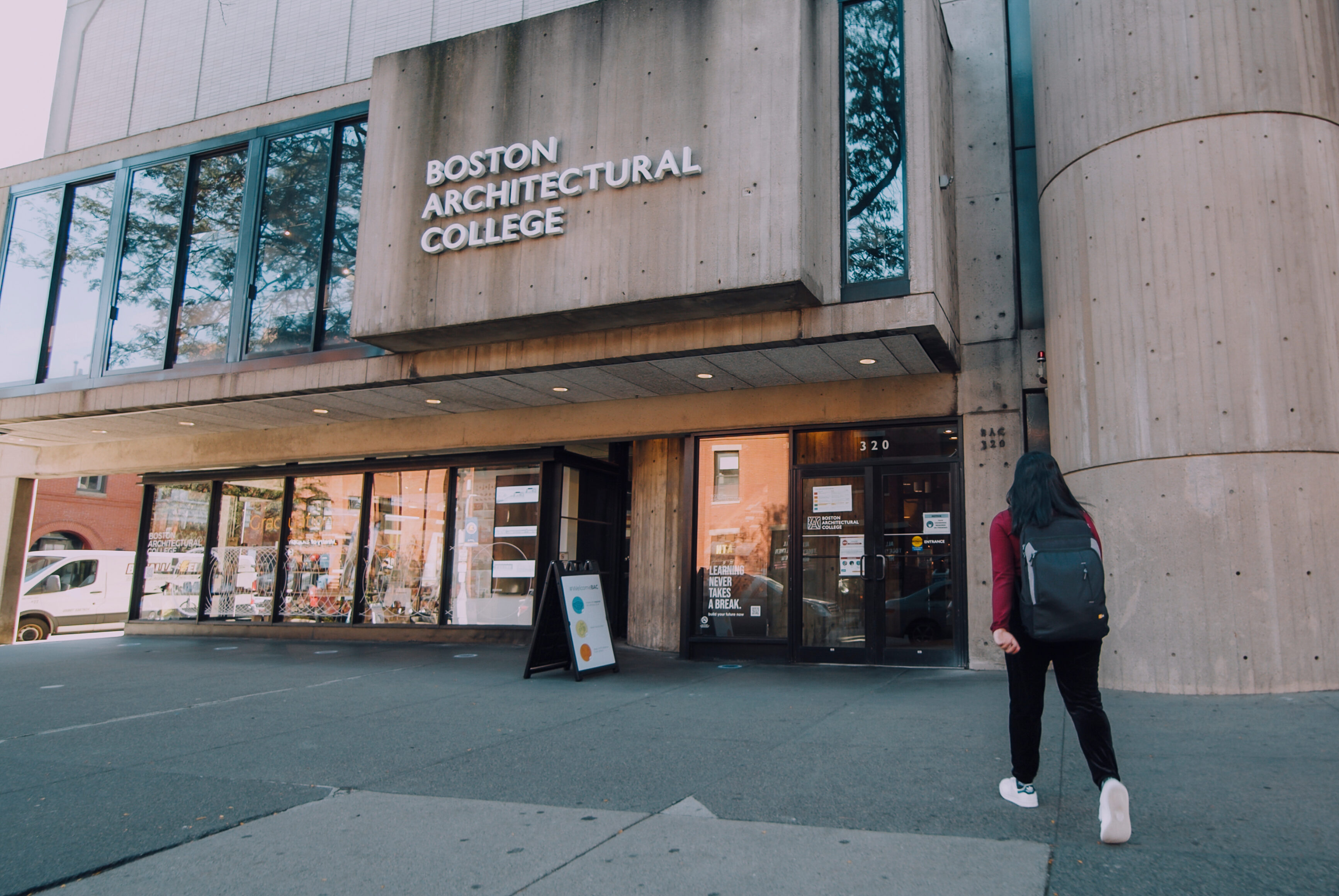
HMFH Architects and Boston Architectural College Announce New Scholarship Fostering Diversity in Design
Cambridge, MA – HMFH Architects, in partnership with the Boston Architectural College (BAC), today
announced the establishment of the HMFH Scholarship Fund, created to expand academic opportunities
for students underrepresented in the architecture and design professions. This new Scholarship aims to
increase access to these professions for Black, Indigenous, people of color, first-generation college
students, students with disabilities, and other underrepresented populations. Creation of the Scholarship
continues a decades-long relationship between HMFH and the BAC.
“HMFH’s extraordinarily generous gift is a visible and inspiring message that will lead the way in
furthering the BAC’s mission of diversifying the design professions and making design education
accessible to all people,” said Dr. Mahesh Daas, Boston Architectural College President. “This generous
investment, which continues HMFH’s commitment to equity, diversity, and inclusion, will create
sustainable and vital opportunities for underrepresented students.”
The Scholarship selection process will begin this spring, and the first recipients will be announced in the
fall. The intent of the Scholarship is to advance diversity by providing critical financial support to
encourage students not only to enroll in architecture studies, but also to achieve success in college and
to graduate. Beyond their classroom experience, recipients will have opportunities to work on planning
and design projects with HMFH team members.
“With this HMFH Scholarship, we are taking concrete steps to increase access to design education for
minority students and thereby increase diversity within the architecture profession,” said Pip Lewis, AIA,
HMFH Principal. “We knew as soon as the idea arose that partnering with the BAC was the ideal pathway
to fulfill our aspiration for the Scholarship’s impact, while solidifying our longstanding relationship with
the College.” HMFH President Lori Cowles, herself a graduate of the BAC, notes that “This Scholarship is a
significant effort to bring greater equity and diversity to our profession, as we have been doing in our
own practice.”
HMFH Architects is a design firm known for its community-based approach, user-centric design, and
healthy, sustainable buildings. A certified Women-Owned Business, HMFH designs for public school
districts, independent schools, universities, and community and public-realm clients.
The Boston Architectural College is a recognized institution with a diverse student population
representing 35 countries. Providing excellence in practice-integrated design education, the BAC offers
bachelor and graduate degrees in architecture, interior architecture, landscape architecture, design
studies as well as offering continuing education certificates and courses. The BAC upholds the
importance of inclusive admission, diversity, innovation, dedicated faculty, and the intrinsic value of
both academic and experiential education.
“I am deeply grateful for HMFH’s partnership with the BAC in recognition of our longstanding commitment to diversifying the design field. The establishment of the HMFH Scholarship will serve to advance our shared vision of a more diverse, equitable, and inclusive world for generations to come.”
Mahesh Daas | President, Boston Architectural College
